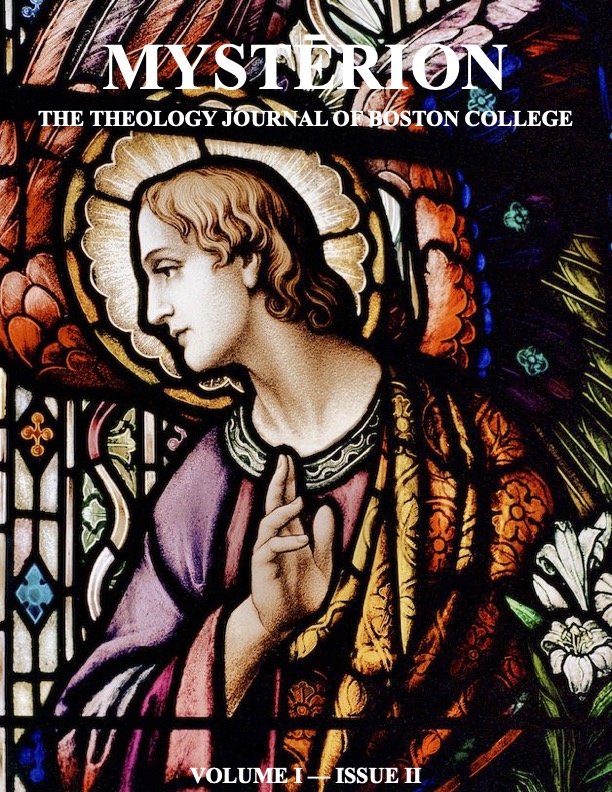From Ostia to Avila
On the "Incarnational" Mysticism of Saint Augustine
Keywords:
Mysticism, Early Christianity, St. AugustineAbstract
Saint Augustine’s account of his mystical vision at Ostia left a profound influence on later Christian mystics. This article examines the mystical paradigm set forth by Augustine and evaluates its impact on the tradition of Christian mysticism in both the Greek East and Latin West. The Augustinian paradigm begins from vestiges of Neoplatonist philosophy, outlining a formal pattern of ascent to the purely intelligible realm of divine wisdom. Augustine’s persistent use of corporeal language and imagery diverges from the Greco-Roman past, however, to incorporate elements of the created order into his experience of the purely intelligible realm, thereby rejecting Plotinus’s notion of an unfallen self that can be fully divorced from the material world. Instead, Augustine retains a sacramental regard for the created order, developing a mystical paradigm which acknowledges that the human soul can only access and make sense of divinity in terms of the material world. The Augustinian pattern of ascent ultimately reflects the doctrine of the Incarnation by suggesting that divine Truth is revealed in corporeal form. This pattern exerted a special influence on Saint Teresa of Avila, who adopted elements of Augustinian mysticism in her own reflections on achieving union with God in spite of sin. Through the ages, Augustine’s mystical paradigm can be seen as foundational in the line of Christian mystics, carrying with it a distinctly Christian optimism which suggests that holiness and intimate union with the divine are still attainable in a fallen and finite universe.
Downloads
Published
Issue
Section
License
Copyright (c) 2022 Katie Painter

This work is licensed under a Creative Commons Attribution-NonCommercial 4.0 International License.


